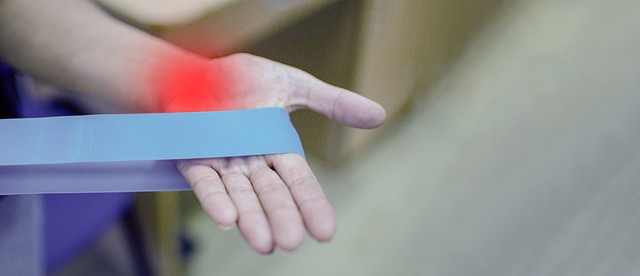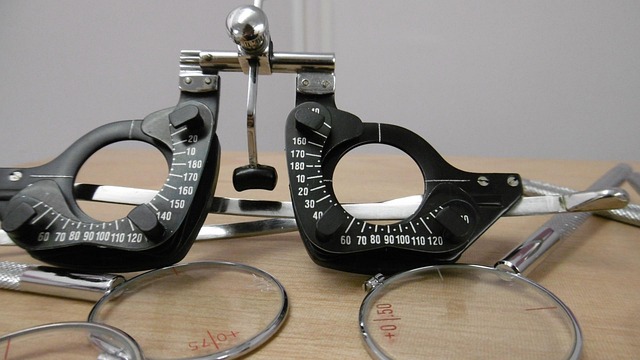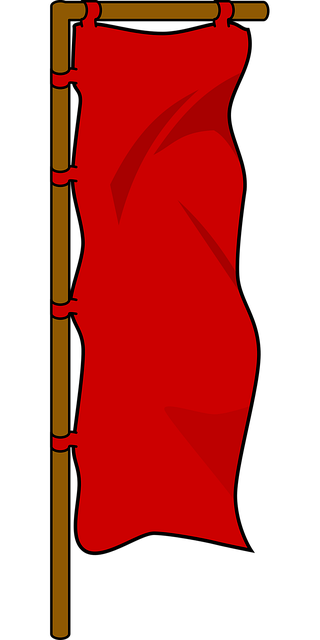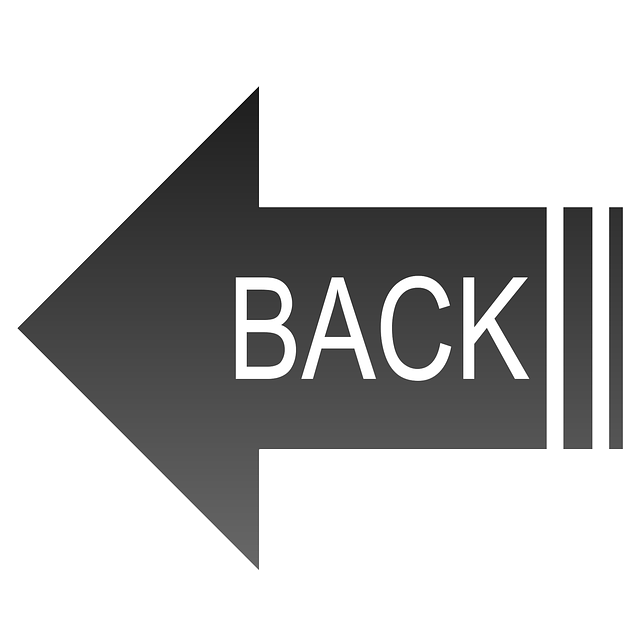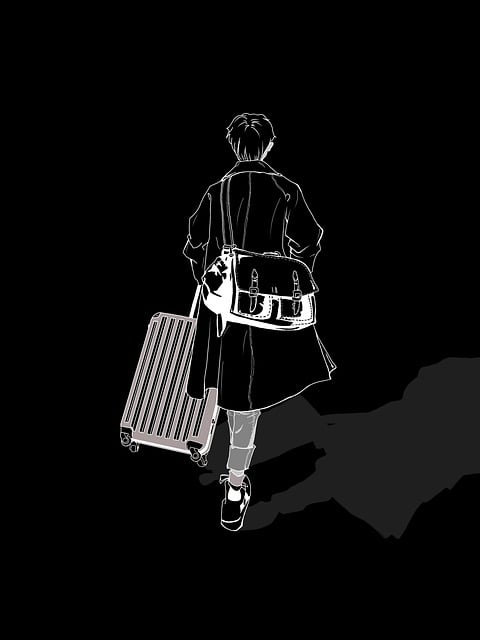After a car accident, trauma-induced muscle spasms are common due to injuries to muscles, tendons, and ligaments. Chiropractic support offers a safe, effective treatment using manual therapy, joint manipulation, and soft tissue therapy to reduce tension, restore motion, and promote healing. This holistic approach provides immediate pain relief, reduces medication dependency, improves mobility, and enables a return to daily life while preventing chronic spasms long-term. Understanding the process involves an initial consultation, examination, specialized adjustments, follow-ups, and home care routines.
Trauma-induced muscle spasms are a common occurrence after a motor vehicle accident, causing significant discomfort and impairing mobility. This article explores the impact of these spasms and delves into the effectiveness of chiropractic support as a holistic treatment approach. We discuss how chiropractic care can alleviate pain and restore function, focusing on managing muscle spasms resulting from car accidents. By understanding the mechanisms behind these spasms, readers will gain insights into what to expect during adjustments and the potential for a more comfortable recovery journey with chiropractic support.
- Understanding Trauma-Induced Muscle Spasms After a Motor Vehicle Accident
- The Role of Chiropractic Support in Managing and Treating These Spasms
- What to Expect During Chiropractic Adjustments for Muscle Spasms Related to Car Accidents
Understanding Trauma-Induced Muscle Spasms After a Motor Vehicle Accident

After a motor vehicle accident, it’s common to experience trauma-induced muscle spasms. These sudden, involuntary contractions can be a direct result of the impact and subsequent injury to the muscles, tendons, and ligaments. The severity of the spasms can vary greatly depending on the force of the collision and the specific areas affected. Chiropractic support for motor vehicle accident-related muscle spasms is a safe and effective approach to managing this condition.
Chiropractors are trained to diagnose and treat musculoskeletal disorders, including those caused by trauma. They employ various techniques such as manual therapy, joint manipulation, and soft tissue therapy to alleviate muscle tension, restore range of motion, and promote healing. Chiropractic care can help reduce pain, improve mobility, and prevent chronic spasms from developing after a car accident.
The Role of Chiropractic Support in Managing and Treating These Spasms

Chiropractic support plays a pivotal role in managing and treating trauma-induced muscle spasms, especially following motor vehicle accidents. Chiropractors utilize specialized techniques to address the underlying causes of these spasms, which often stem from physical trauma and resulting nerve irritation. Adjustments to the spine and joints can help reduce pressure on affected nerves, easing muscle tension and promoting natural healing processes.
Moreover, chiropractic care offers a non-invasive approach to pain management, making it an attractive alternative for individuals seeking relief from accident-related spasms. Through a combination of adjustments, soft tissue therapy, and patient education, chiropractors empower patients with the tools needed to manage their symptoms effectively. This holistic approach not only provides immediate relief but also fosters long-term wellness, helping individuals regain mobility, reduce dependency on medication, and return to their everyday lives.
What to Expect During Chiropractic Adjustments for Muscle Spasms Related to Car Accidents

When seeking chiropractic support for muscle spasms related to car accidents, understanding what to expect during adjustments is crucial. The initial consultation will involve a thorough examination to assess the extent of your injuries and identify areas of tension or misalignment. Based on these findings, the chiropractor may employ various techniques such as spinal manipulation, joint mobilization, and soft tissue therapy. During the adjustment process, you can expect gentle but firm pressure applied to specific joints or muscles to restore mobility and reduce spasms.
Chiropractors may also provide guidance on stretching exercises and recommend home care routines to reinforce treatment outcomes. It’s common to feel temporary discomfort or soreness after an adjustment, which is usually a sign that the muscles and joints are beginning to heal. Regular follow-up appointments will allow the chiropractor to monitor your progress, adjust treatments as needed, and ensure you receive the optimal chiropractic support for your motor vehicle accident-related muscle spasms.
Trauma-induced muscle spasms after a motor vehicle accident can significantly impact an individual’s quality of life. Chiropractic support, specifically adjustments tailored to alleviate these spasms, offers a non-invasive and effective treatment option. By understanding the role of chiropractic care in managing these conditions, individuals affected by car accident-related muscle spasms can take proactive steps towards recovery. Chiropractic support for motor vehicle accident-related muscle spasms focuses on restoring proper alignment and improving nerve function, ultimately helping patients regain mobility and reduce discomfort.
